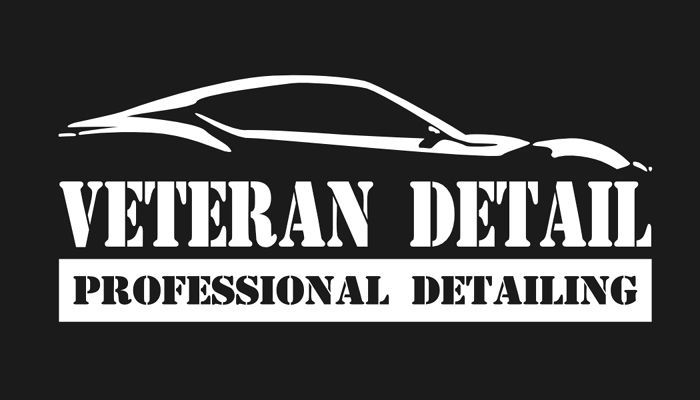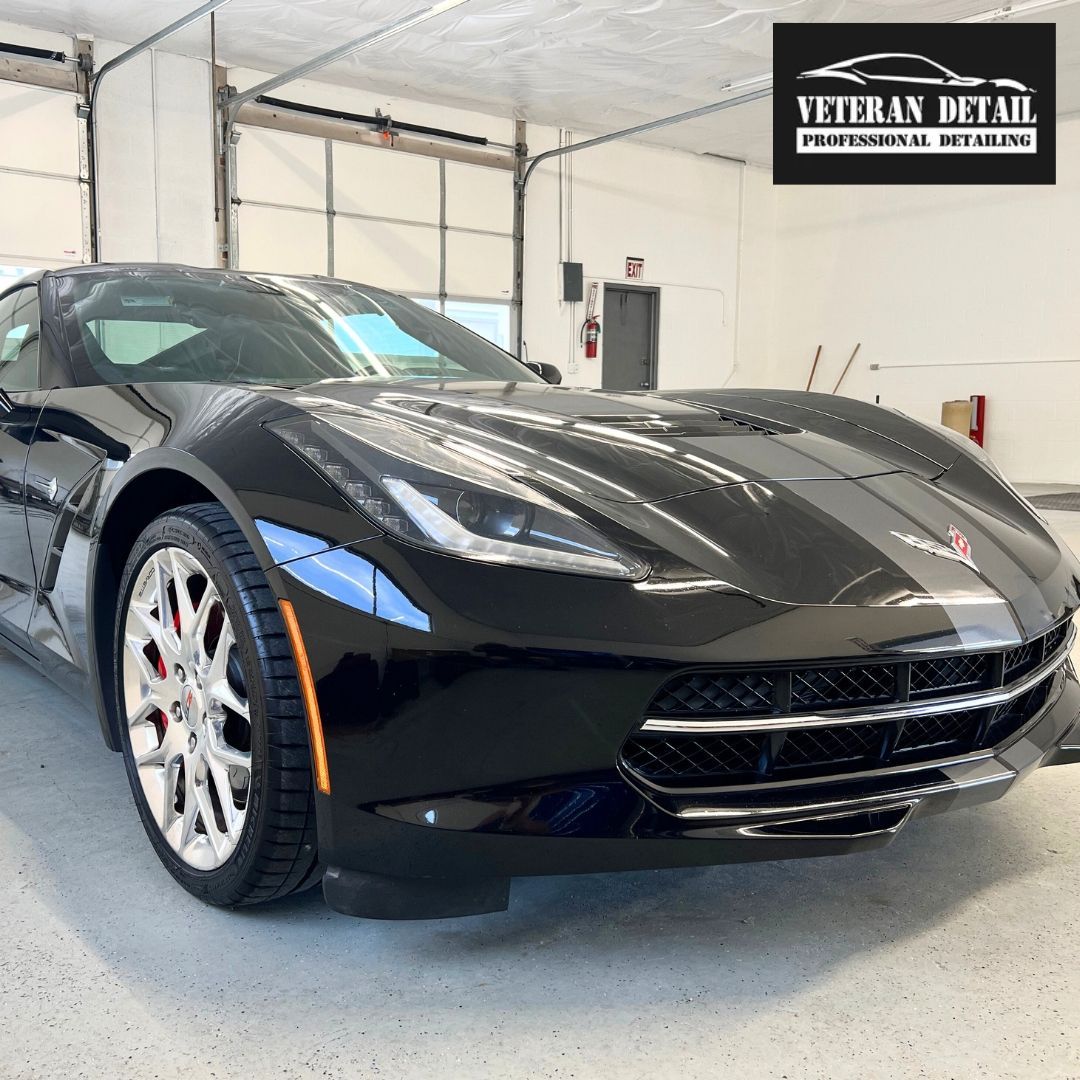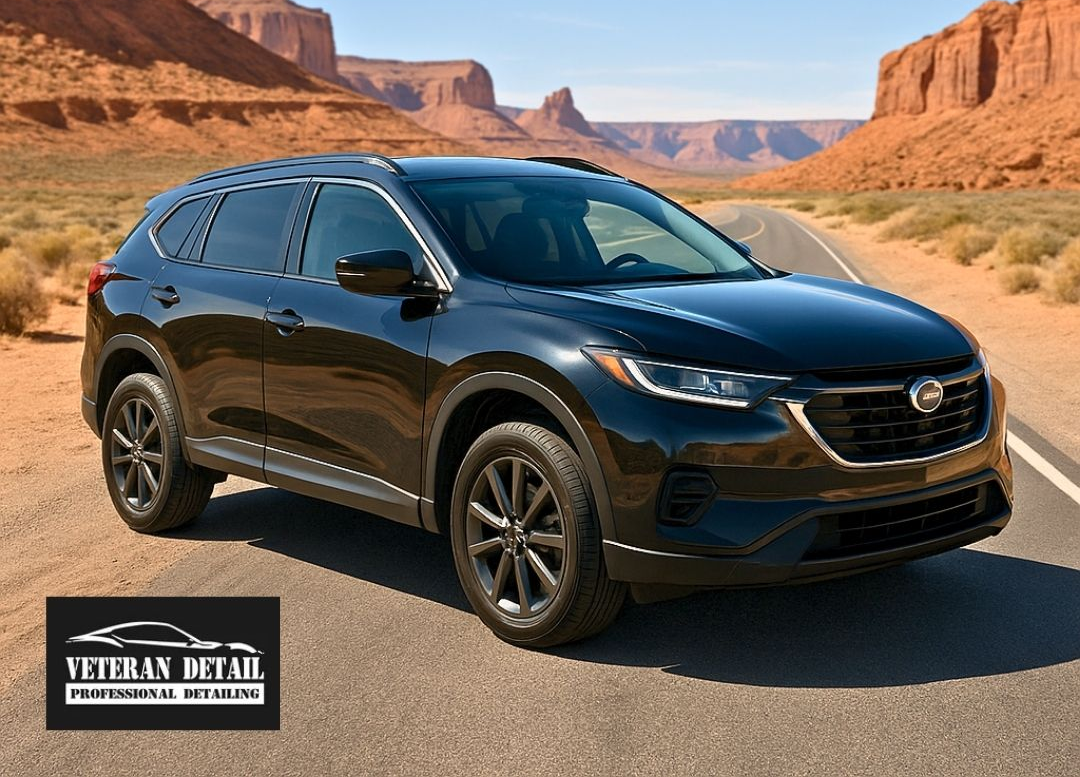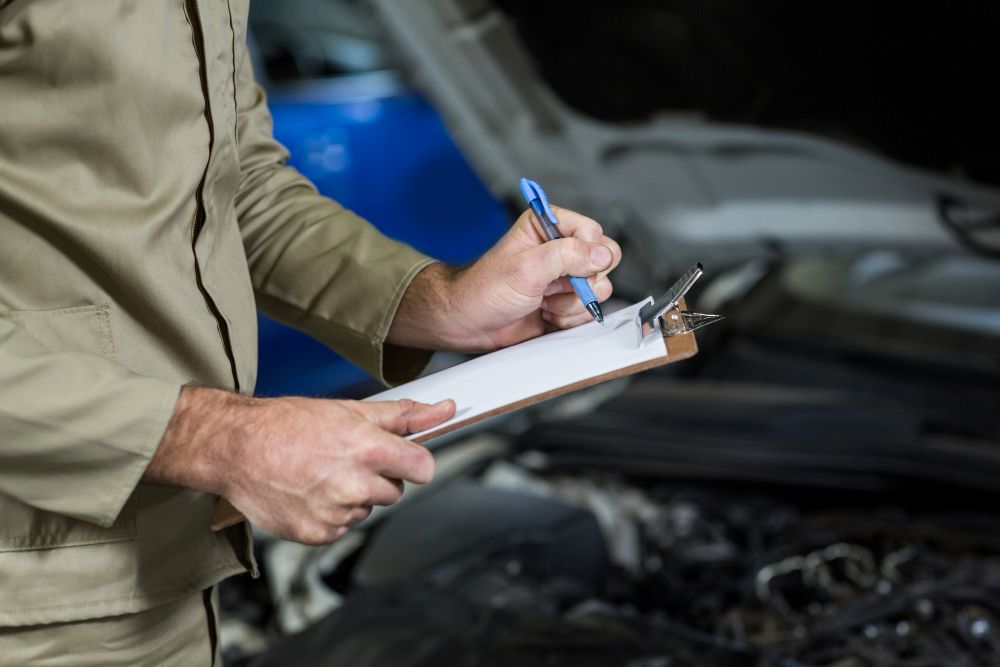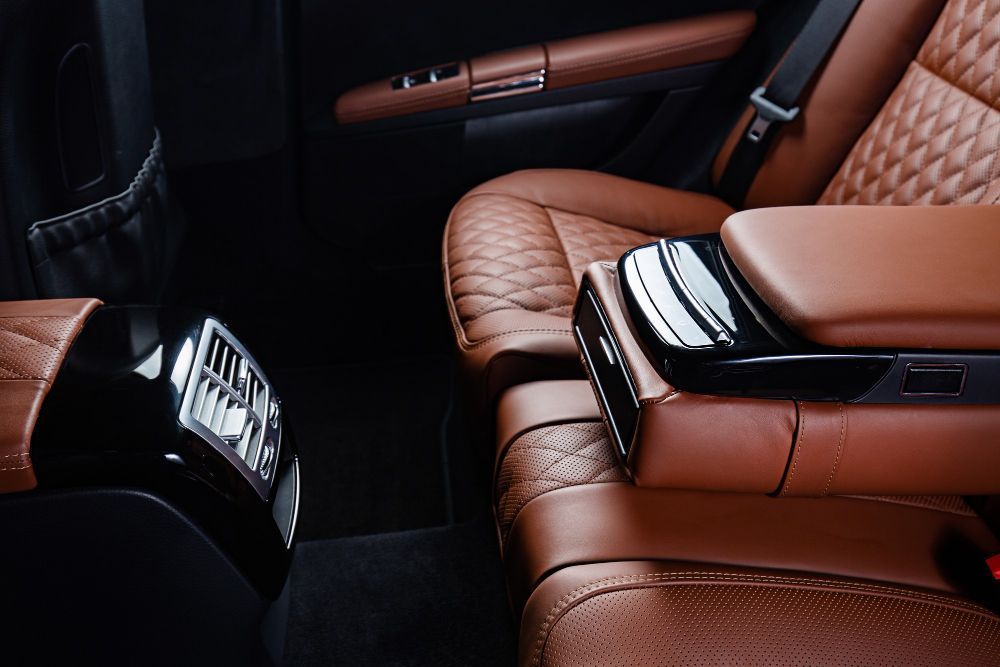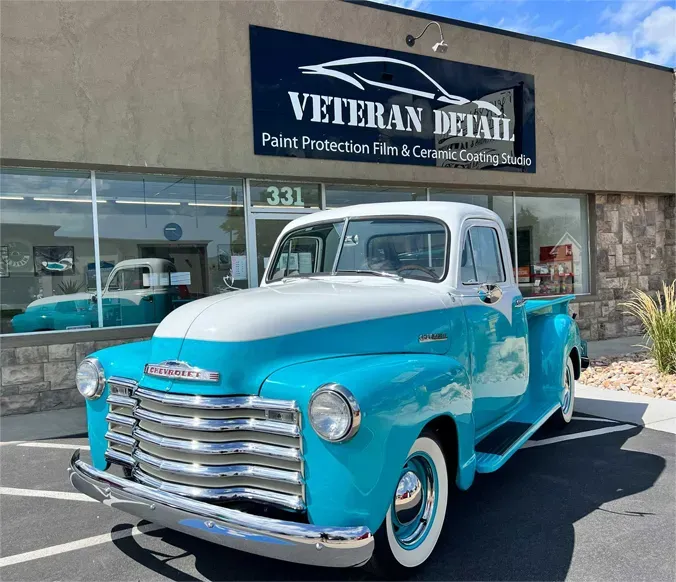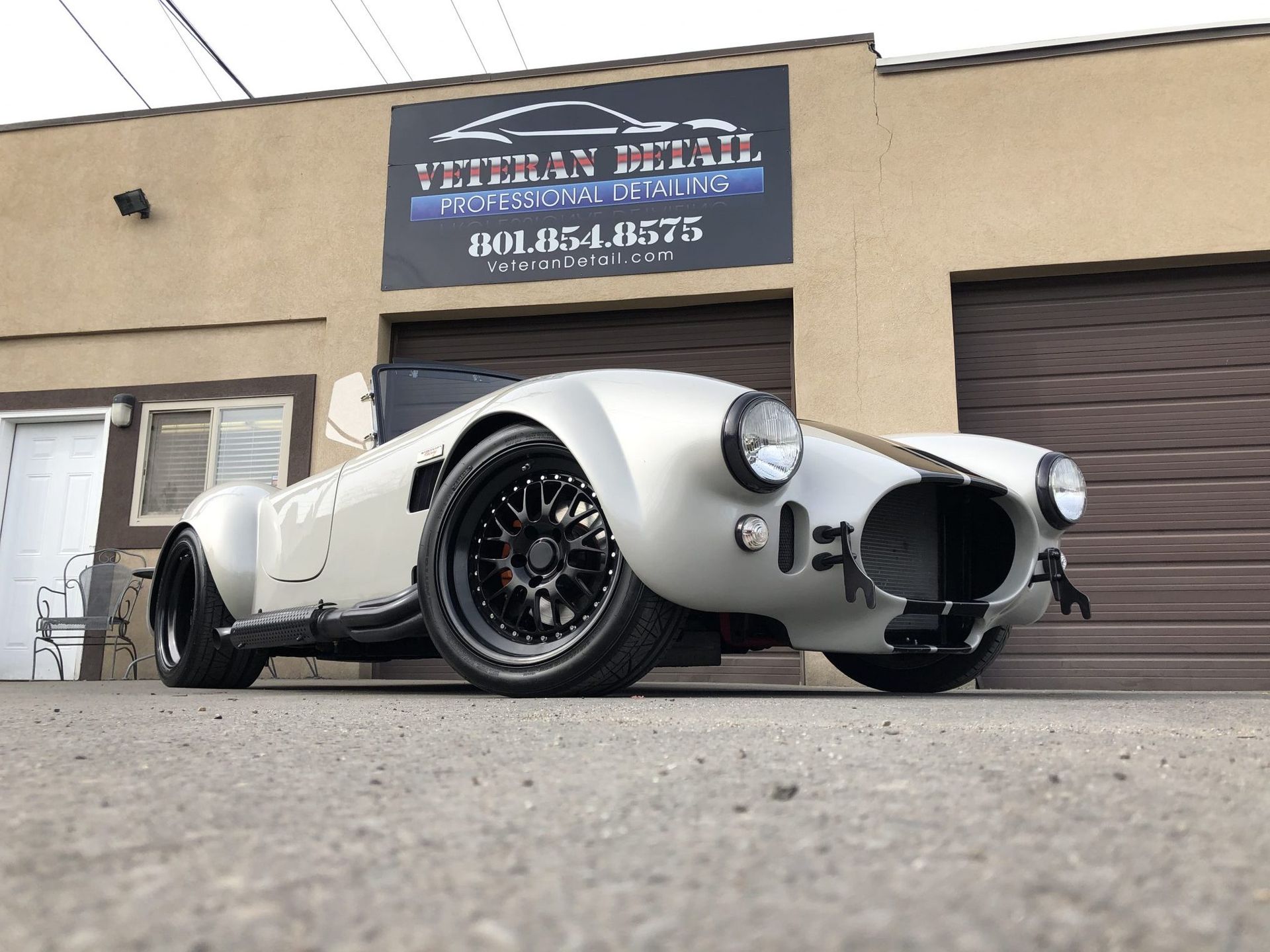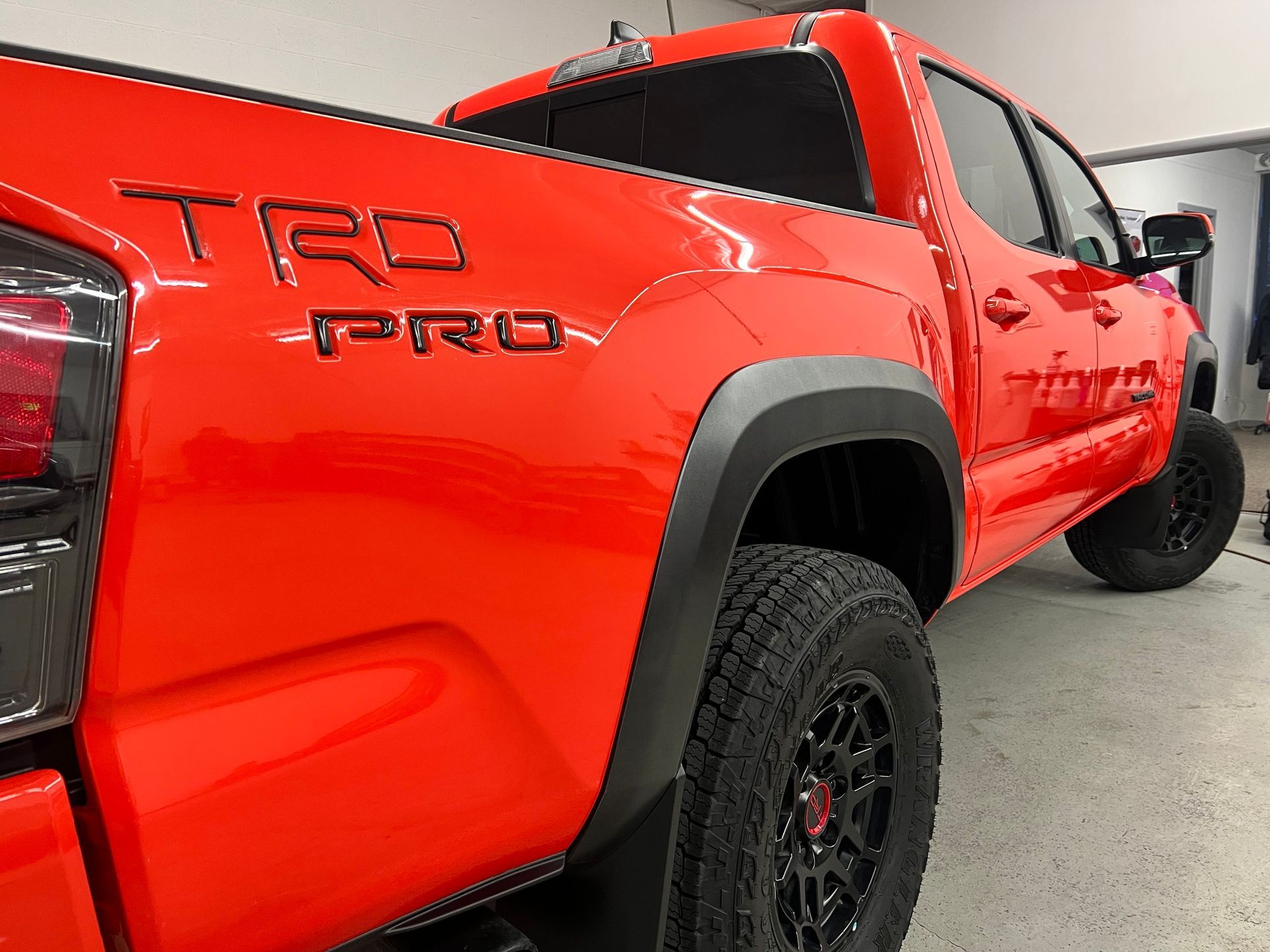How to choose between PPF and ceramic coating for Utah County roads
Driving in Utah County can be tough on your vehicle’s paint. Between canyon gravel, strong UV rays, and winter road salt, your car’s exterior takes a beating year-round. That’s why paint protection has become a must for local drivers.
The big question is: should you go with Paint Protection Film (PPF) or a Ceramic Coating?
Both offer serious benefits but work in very different ways. In this article, you’ll learn what each one does, how they perform in Utah’s unique conditions, and how to choose the best option for your car and lifestyle.

Paint Protection Film (PPF)
Paint Protection Film is a clear, durable layer applied to your car’s paint. It’s designed to absorb physical damage — rock chips, scratches, and road debris — before they ever reach the paint itself.
Modern films are self-healing, meaning small scuffs or swirl marks can disappear with a little heat. This makes PPF ideal for anyone who drives frequently on highways, canyon roads, or construction-heavy routes throughout Utah County.
PPF excels at:
- Protecting against gravel and salt damage
- Reducing long-term wear on your paint
- Maintaining resale value with preserved original paint
- Withstanding Utah’s hot summers and cold, salted winters
If you care most about preventing chips and impact damage, PPF is your strongest option.
Ceramic Coating
A Ceramic Coating is a liquid polymer that bonds to your paint to create a hard, glossy, and hydrophobic surface. It enhances shine and protects against UV rays, oxidation, and chemical contaminants like bird droppings, bug splatter, and road salt residue.
What it doesn’t do is stop rock chips. Think of ceramic coating as a shield against weather and staining, not impact.
Ceramic coatings are perfect if you:
- Want a deep, high-gloss shine year-round
- Prefer a low-maintenance, easy-to-clean finish
- Drive mostly on paved roads and want UV protection
- Value appearance and gloss as much as protection
The coating’s slick surface makes washing easier and keeps dirt from sticking, which is a huge plus for Utah drivers dealing with dust and sun exposure.
How to Choose Between PPF and Ceramic Coating
The right choice depends on your driving habits, how long you’ll keep the car, and what kind of protection you value most.
1. Evaluate Your Driving Conditions
Ask yourself:
- Do you spend a lot of time on highways or canyon routes?
- Do you deal with winter salt or gravel often?
- Is your goal long-term protection or a showroom shine?
Utah County drivers face both impact and environmental challenges, so think about what your car encounters most often.
2. Match Your Goals to the Service
- Choose
PPF if you’re worried about rock chips, debris, or harsh conditions.
- Choose
Ceramic Coating if you prioritize easy maintenance, UV protection, and a beautiful finish.
- Choose
Both for the ultimate setup: PPF on high-impact areas (front bumper, hood, side mirrors) and ceramic coating over the entire vehicle for gloss and hydrophobic protection.
3. Consider Longevity and Cost
- PPF typically lasts 5–10 years.
- Ceramic coatings last around 2–7 years depending on the product and care.
- Combining both gives unmatched protection and visual appeal, though it’s a higher initial investment.
4. Maintenance and Care
Both require proper upkeep to perform at their best.
- For PPF: wash with gentle products and inspect film edges for lifting.
- For Ceramic Coating: use pH-neutral soaps and soft microfiber towels.
With proper maintenance, both can protect your car for years and make cleaning much easier.
5. Get Professional Installation
Quality matters more than product type. Work with experienced installers familiar with Utah County’s dust, temperature swings, and road salt. Proper prep and controlled application ensure your protection lasts as long as advertised.
FAQs
- Does ceramic coating stop rock chips?
No. Ceramic coating protects from UV rays, oxidation, and chemicals, but only PPF can absorb physical impact. - Can I use both at the same time?
Yes. Many Utah County drivers apply PPF to vulnerable areas and a ceramic coating over the whole car for maximum shine and protection. - How long will each last?
Quality PPF can last 5–10 years. Ceramic coatings usually last 2–7 years depending on how well they’re maintained. - Is PPF worth it for older cars?
Absolutely. It can preserve paint condition, prevent future wear, and improve resale value — especially on vehicles that still have solid paintwork. - Can regular waxing replace these?
No. Wax offers minimal and temporary protection. PPF and ceramic coatings are long-term solutions designed to handle Utah’s harsh elements. - Which looks shinier?
Ceramic coatings provide a deeper, mirror-like gloss. PPF focuses more on invisible protection. - Why do Utah County roads require special care?
Between mountain gravel, UV exposure, and salted winter roads, paint damage happens fast here. Protection is essential if you want to maintain your vehicle’s appearance and value.
Conclusion
Utah County’s mix of sun, gravel, and snow makes vehicle protection more than a luxury — it’s a necessity.
If you want the strongest defense against physical damage, go with PPF.
If your focus is shine, UV protection, and easier maintenance, ceramic coating is ideal.
And if you want to
protect every inch of your investment, combine both for unmatched results.
A
certified detailing shop that
understands Utah’s driving conditions can help you choose the right balance of durability, beauty, and value — so your car stays looking its best for years to come.
